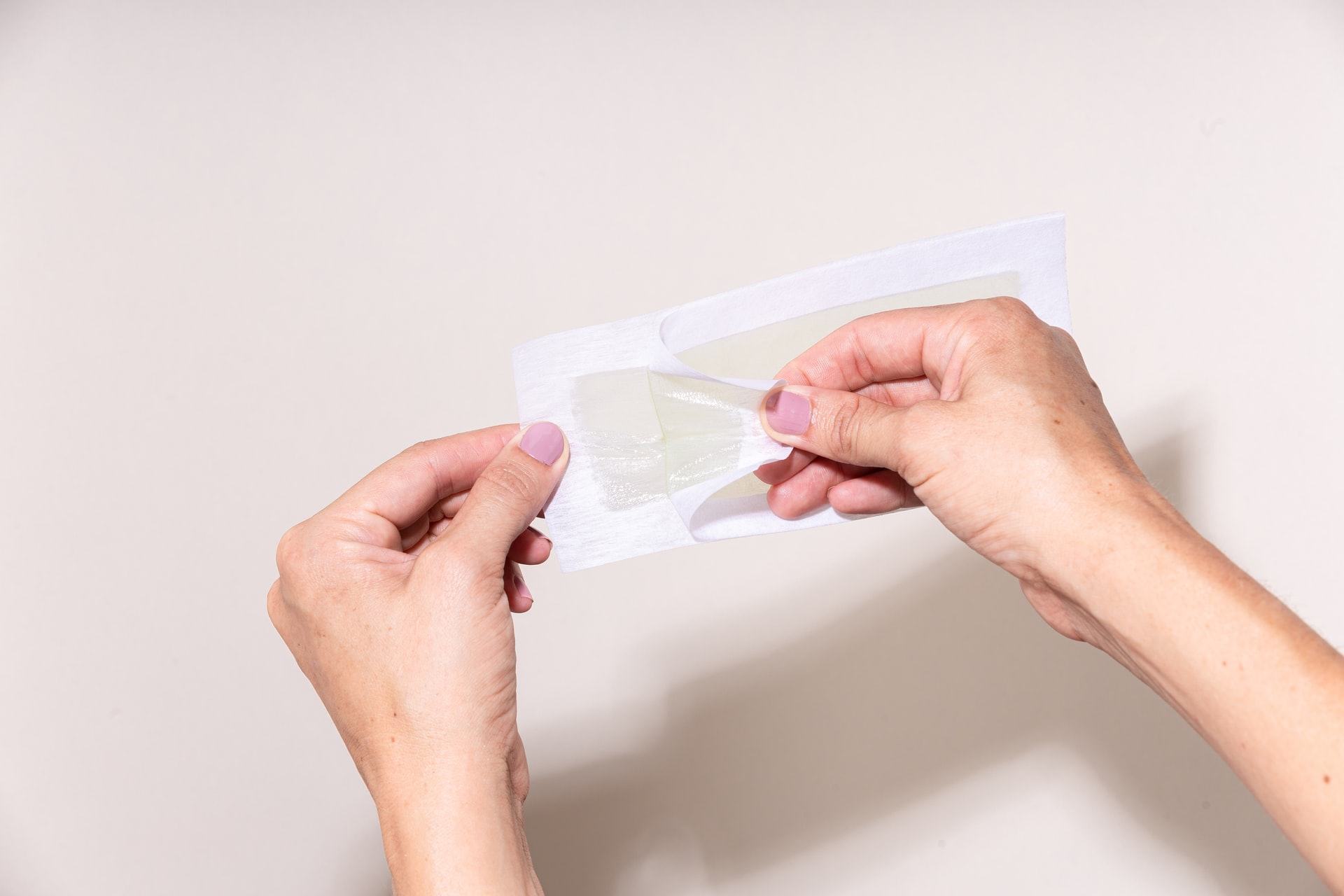Everything You Need to Know About Waxing at Home
Let’s admit, waxing hair is not particularly an enjoyable experience. Some people might prefer shaving over waxing. However, when you put it against the notoriously inevitable razor bumps, skin irritation, and stubborn ingrown hair, you might want to change your opinion about waxing.
In fact, most people are comfortable dealing with the in-the-moment pain of waxing over the aftermath of shaving hair. You can easily access premium waxing services at your nearest spa. But when it comes to doing the job on your own, with a 7-minute YouTube tutorial in near sight, dreading the inevitable and painful pull, there are chances it could go wrong.
But you do not have to be a waxing expert; a little practice over time would set you well. It is better to abide by certain rules and pay close attention to aftercare.
Waxing or Shaving?
Between both, waxing certainly governs better numbers. In 2020, 6.39 million of the US population waxed four or more times. Waxing does not really have a distinction over shaving because it largely narrows down to individual experience. If one is prepared to deal with the temporary discomfort, waxing offers better results than shaving.
Waxing also offers a plus for people with thicker hair. It can reduce irritation significantly and since the entire hair is pulled, there’s no dealing with a budding uncomfortable sensation.
Prepping Hair and Skin
Figure out the appropriate length of hair. Longer hair would need some trimming. Make sure to leave out a quarter inch of hair optimum for waxing. Then, you might consider using oil to smoothen out your skin. Oil works as a layer between skin and wax. It’s highly recommended to use an exfoliant containing jojoba oil for best results.
What kind of wax should I use?
Markets are flooded with various categories of waxes. However, not all products are suitable for all types of skin. Consider using Parissa, an all organic and natural hair removal product line. Parissa has enjoyed a market reputation for offering its customers a complete catalog of hair removal products.
Parissa’s roots emerged from Vancouver, Canada and was launched when the beauty industry in North America was largely dominated by chemical-based hair removal products. Lotions, depilatory creams, and bleaches were the run-of-the-mill products. For years, consumers suffered the adverse effects of chemical-based products since they were a major cause of itching and rashes.
Azar Moayeri, who is notably known as the first female chemical engineer graduating from the University of Edinburgh, realized the wide gap in the market for hair removal products. The founder noticed an apparent lack of natural, risk-free hair removal products and played their shot at the game. She started from her own kitchen and established a valued-added brand.
The market required change and it came in the form of an organic hair removal product line by Parissa, which years later, customers still adore. Parissa is a game-changer product for people who prefer waxing at home. The product line includes hot wax, warm wax, sugar wax, and other accessories, including mini pro wax warmer (120 V). In addition, there is an ingrown hair rescue kit, ultra soothe oil and epilation strips. Waxing products are developed using tree resin and bees wax to blend the wax. To better preserve the product, a mild citrus extract is also added.
A brand that started in Canada now enjoys a global presence in the USA, UK, Europe, Southeast Asia, China, and South Korea. More regions are being explored in major markets of the EU, including Italy and Germany.
How to Apply Parissa?
It’s simple, effortless, and quick. Start by heating the wax typically. Twirl around a spatula to measure its consistency. Since Parissa products contain Pine Resin, it allows the product to have a sticker texture that is easy to remove. The organic beeswax also adds a softer texture to it.
Once heated, leave for a few minutes to slightly cool before applying in the direction of grown hair. Once the wax has dried, pull it against the direction.
It’s important to remember the application techniques, so you can have a smoother waxing procedure at home. Parissa contains chamomile extract, directly extracted from the source flowers, which helps counter inflammation, redness and prevention of ingrown hair.
In conclusion
It’s highly recommended that after a fresh wax, avoid using hot water and tight clothing for sweat build-up because it can lead to mild irritation. Start paying attention to the waxed area after a week or two and actively use serums and scrubs on the surface for the right aftercare.

